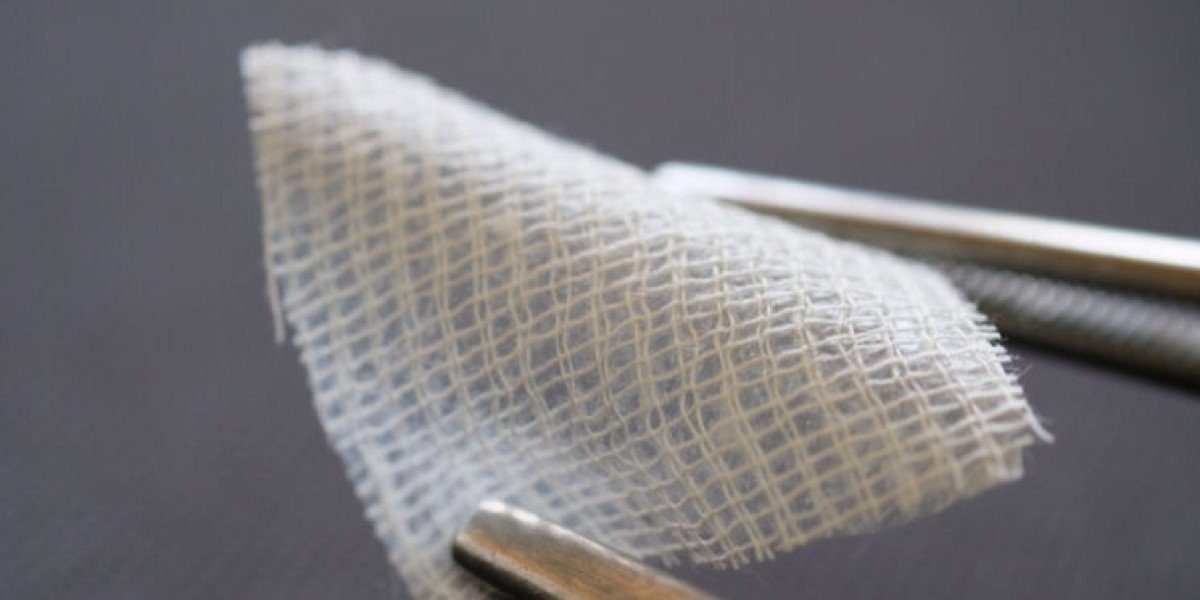The field of wound care is undergoing a groundbreaking transformation with the advent of amniotic wound grafts. These grafts, derived from the amniotic membrane, have shown exceptional promise in accelerating healing, reducing inflammation, and minimizing scarring. As advancements in regenerative medicine continue to evolve, amniotic grafts are emerging as a crucial technology in the future of wound management. This article explores the science behind these grafts, their benefits, and their role in shaping the future of regenerative technology.
Understanding Amniotic Grafts
Amniotic grafts are derived from the amniotic membrane, the innermost layer of the placenta. This membrane contains a rich supply of growth factors, collagen, and stem cells, which contribute to tissue repair and regeneration. The unique composition of amniotic wound grafts makes them particularly effective in treating chronic wounds, burns, and surgical incisions.
These grafts are available in different forms, including dehydrated and cryopreserved variations, each offering specific advantages depending on the type and severity of the wound. The ability of amniotic grafts to promote healing without causing immune rejection makes them a highly valuable tool in modern medicine.
The Science Behind Amniotic Wound Grafts
One of the key reasons amniotic wound grafts are gaining traction is their anti-inflammatory and anti-scarring properties. These grafts contain high concentrations of hyaluronic acid, cytokines, and extracellular matrix proteins, which contribute to wound healing in the following ways:
Reducing Inflammation – Amniotic grafts help modulate the immune response, minimizing excessive inflammation that can delay wound healing.
Stimulating Cell Regeneration – The presence of mesenchymal stem cells supports the regeneration of damaged tissues, speeding up recovery.
Preventing Scar Tissue Formation – Unlike traditional wound dressings, amniotic grafts promote healing without excessive scar tissue buildup, leading to improved functional and cosmetic outcomes.
Enhancing Vascularization – By stimulating angiogenesis (the formation of new blood vessels), these grafts improve oxygen and nutrient supply to the wound, ensuring faster healing.
Applications of Amniotic Grafts in Modern Medicine
The versatility of amniotic grafts allows them to be used in various medical specialties. Some of the most notable applications include:
1. Chronic Wound Treatment
Chronic wounds, such as diabetic ulcers and pressure sores, pose significant challenges for patients and healthcare providers. Traditional treatments often fail to deliver satisfactory results, leading to prolonged discomfort and risk of infection. Amniotic wound grafts have been shown to significantly improve healing rates in chronic wounds by promoting cellular regeneration and reducing bacterial growth.
2. Burn and Trauma Care
Patients suffering from severe burns require specialized treatment to minimize scarring and restore skin integrity. The application of amniotic grafts to burn wounds has demonstrated remarkable effectiveness in reducing pain, inflammation, and scarring while accelerating the healing process.
3. Ophthalmology and Corneal Repair
Amniotic membrane transplantation is widely used in ophthalmology to treat conditions such as corneal ulcers and dry eye syndrome. The anti-inflammatory and regenerative properties of amniotic grafts make them an excellent choice for promoting ocular surface healing.
4. Orthopedic and Sports Medicine
In the field of sports medicine, amniotic wound grafts are increasingly used to treat tendon injuries, ligament tears, and post-surgical recovery. Their regenerative capabilities help athletes and active individuals recover more quickly from musculoskeletal injuries.
5. Surgical and Post-Operative Healing
Post-surgical healing can be improved through the use of amniotic grafts, which reduce the risk of infection, minimize scarring, and enhance overall recovery outcomes. Surgeons are incorporating these grafts in procedures such as skin grafting, reconstructive surgery, and cesarean sections.
The Role of Technology in Advancing Amniotic Grafts
With continuous advancements in biotechnology and medical research, amniotic grafts are evolving to become even more effective and accessible. Some of the key technological innovations include:
3D Bioprinting – Researchers are exploring the integration of amniotic membrane cells into 3D-printed scaffolds to create custom grafts tailored for specific wounds.
Artificial Intelligence (AI) in Wound Assessment – AI-powered diagnostic tools are being developed to optimize the application of amniotic wound grafts, ensuring personalized treatment strategies.
Cryopreservation and Storage Improvements – Advances in cryopreservation technology are enhancing the shelf-life and effectiveness of amniotic grafts, making them more widely available for medical use.
Future Outlook: What’s Next for Amniotic Wound Grafts?
The future of amniotic wound grafts in regenerative medicine looks promising. As research continues, we can expect to see:
Expanded Applications – Beyond wound healing, amniotic grafts may be utilized in organ regeneration and nerve repair.
Cost Reduction and Accessibility – As production and preservation techniques improve, the cost of amniotic grafts is likely to decrease, making them more accessible to a broader range of patients.
Integration with Stem Cell Therapies – Combining amniotic grafts with stem cell treatments may enhance their regenerative capabilities, leading to even more advanced healing solutions.
Conclusion
The use of amniotic wound grafts in regenerative medicine represents a significant leap forward in wound care technology. With their ability to accelerate healing, reduce inflammation, and minimize scarring, these grafts are transforming how medical professionals approach wound treatment. As scientific advancements continue to enhance their effectiveness, amniotic grafts will play a crucial role in the future of regenerative healthcare. With ongoing research and technological improvements, the possibilities for amniotic wound grafts are limitless, paving the way for a new era of innovative, patient-centered medicine.







